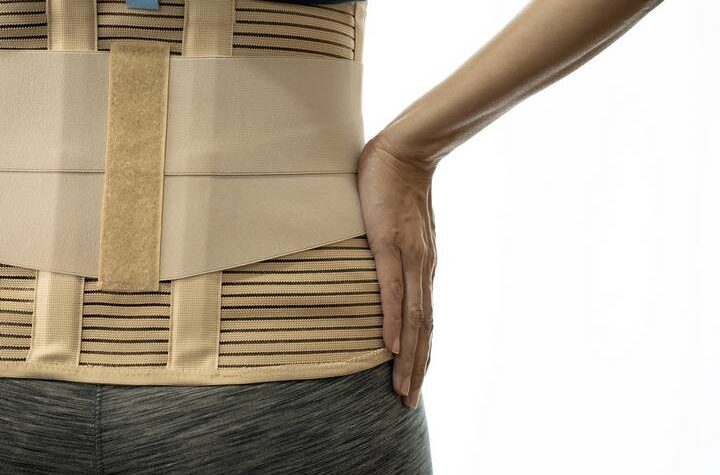A back brace can provide valuable support and relief if you suffer back pain or injuries. However, wearing the brace properly ensures maximum effectiveness and comfort.
A back brace can alleviate discomfort and pain. By using it in tandem with a healthcare expert’s guidance, a back brace can enhance posture, mitigate discomfort, and foster healing. It’s vital to select the appropriate size and style of brace. By reaching out to a professional when in doubt, you can capitalize on the advantages of a back brace.
In this article, we’ll share some tips on how to wear a back brace correctly, helping you maintain proper posture, reduce pain, and support your back throughout the day.
1. Choose the Right Size
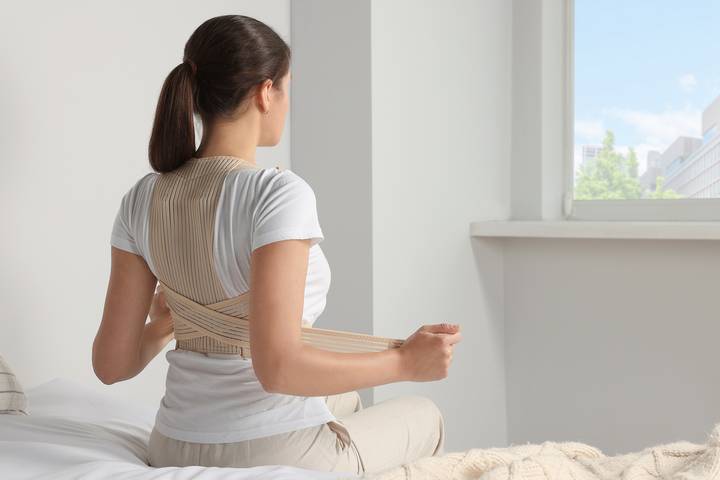
Choosing the right size back brace is essential for adequate support and comfort. First, measure the area where you’ll wear the brace using a flexible tape measure. Check the size chart – there should be one provided by the manufacturer – to find the right size range for your measurement.
Consider your body shape, as well as the level of support needed. Some braces are adjustable, while others come in specific sizes. Look for adjustable straps and breathable materials for a customized fit and to prevent discomfort. Consult with a healthcare professional if you’re unsure about the right size or need personalized guidance.
2. Put It on Properly
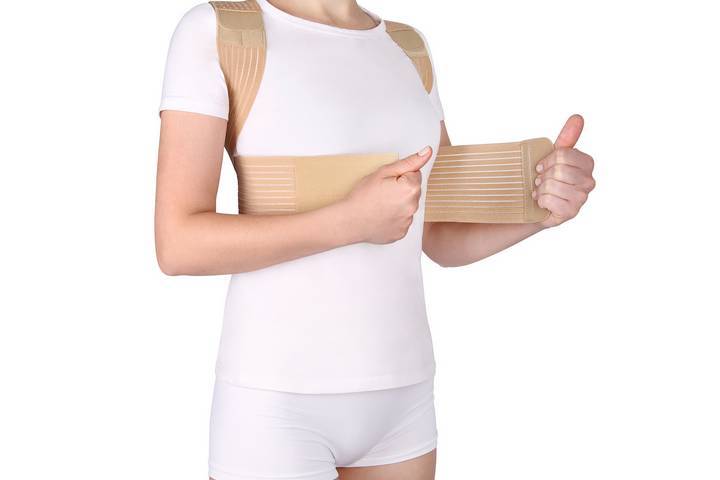
When wearing the back brace, loosen all straps or fastenings before slipping it around your waist. Stand up straight and position the brace around your lower back, ensuring the central pad rests on the spine’s curve.
Gradually tighten the straps, starting from the bottom and working your way up, but not too tight to restrict movement or breathing. Ensure the brace is snug but comfortable. Check that it sits properly and doesn’t bunch up or fold. Remember to adjust the straps as needed throughout the day for continued support.
3. Wear It Over a Thin Layer

Wear your back brace over a thin layer, like a lightweight shirt or undergarment. This provides a barrier between the brace and your skin, preventing potential chafing or discomfort from direct contact. A thin layer can help absorb sweat and moisture, keeping your skin drier and more comfortable during prolonged use.
Wearing the brace over a thin layer can also make it easier to adjust and reposition as needed without sticking to your skin. This can enhance overall comfort and support, ensuring you can wear the back brace for extended periods without irritation.
4. Use It When Needed
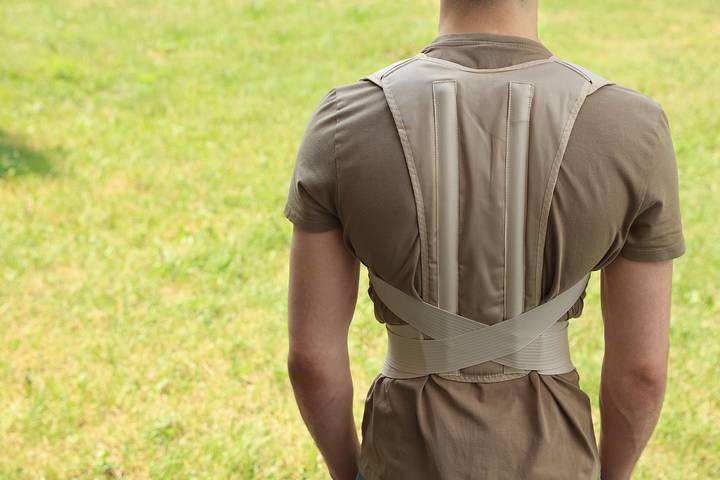
A back brace is typically meant to provide support during specific activities or times of pain. Avoid wearing the brace continuously throughout the day unless directed, as it may weaken your back muscles. Follow your healthcare professional’s advice on the appropriate duration for wearing the brace.
5. Avoid Over-tightening
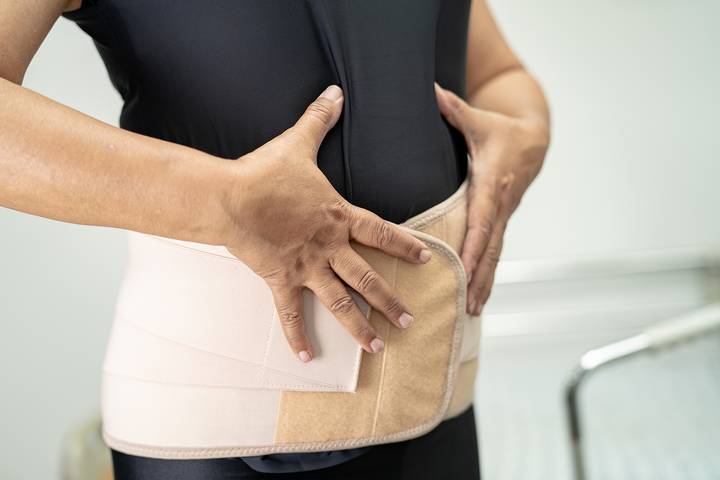
Never over-tighten the back brace; it can restrict blood flow and cause discomfort. Excessive tightening can lead to pain and limit natural body movement, making it difficult to perform daily activities comfortably. It may cause skin irritation or chafing as the brace rubs against your skin more tightly.
Over-tightening can also impede proper blood circulation, leading to potential health risks. The brace should offer support without interfering with your ability to breathe or move comfortably.
6. Maintain Good Posture
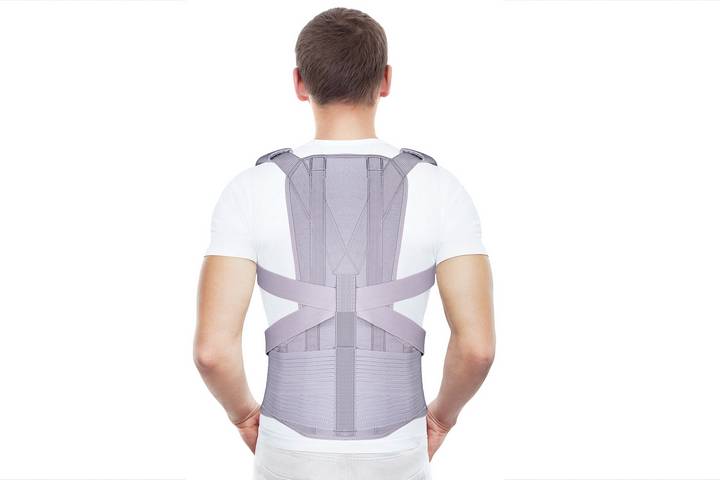
Wearing a back brace should not be a substitute for maintaining good posture. Be mindful of your posture while sitting, standing, or lifting objects. Good posture helps the back brace work more effectively by aligning your spine correctly and providing better support to the affected area. It prevents slouching or bending in unhealthy positions that further strain your back.
Proper posture also distributes the pressure evenly across your back, reducing the risk of putting excess stress on specific muscles or vertebrae. Combining the back brace’s support with good posture can improve spinal alignment, alleviate discomfort, and help your back heal more efficiently.
7. Monitor Skin Condition

Regularly check your skin for irritation, redness, or chafing beneath the back brace. Keep the skin clean and dry, as sweat or moisture trapped under the brace can lead to skin problems. By catching these problems early on, you can take necessary actions to avoid more severe skin concerns.
8. Consult with a Healthcare Professional

Before wearing a back brace, check with a healthcare professional, such as your doctor or physical therapist. Suppose you are experiencing severe, worsening, or persistent back pain or have an existing medical condition or injury. In that case, a healthcare professional can assess your condition and determine whether a back brace is appropriate for your needs.

